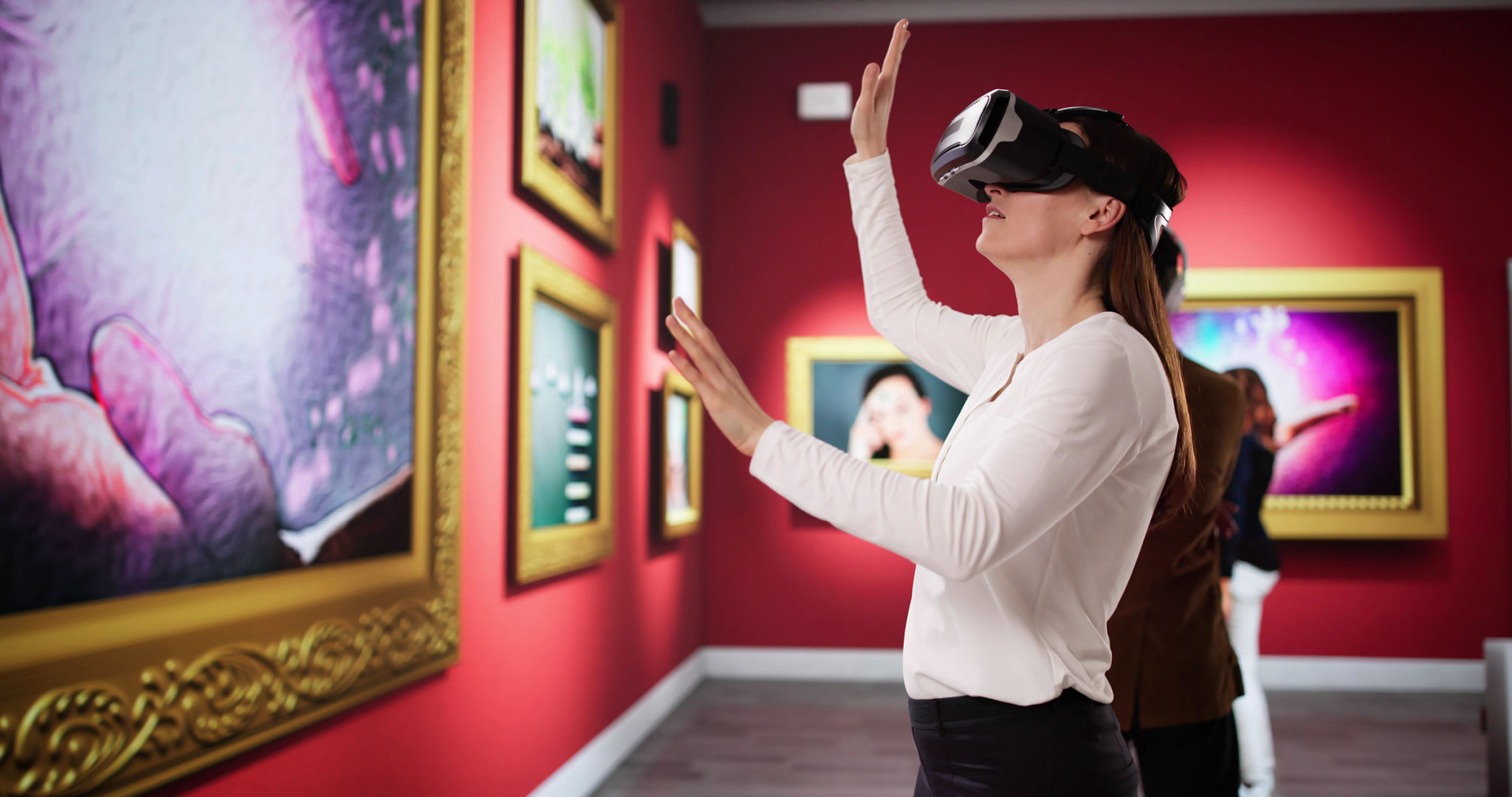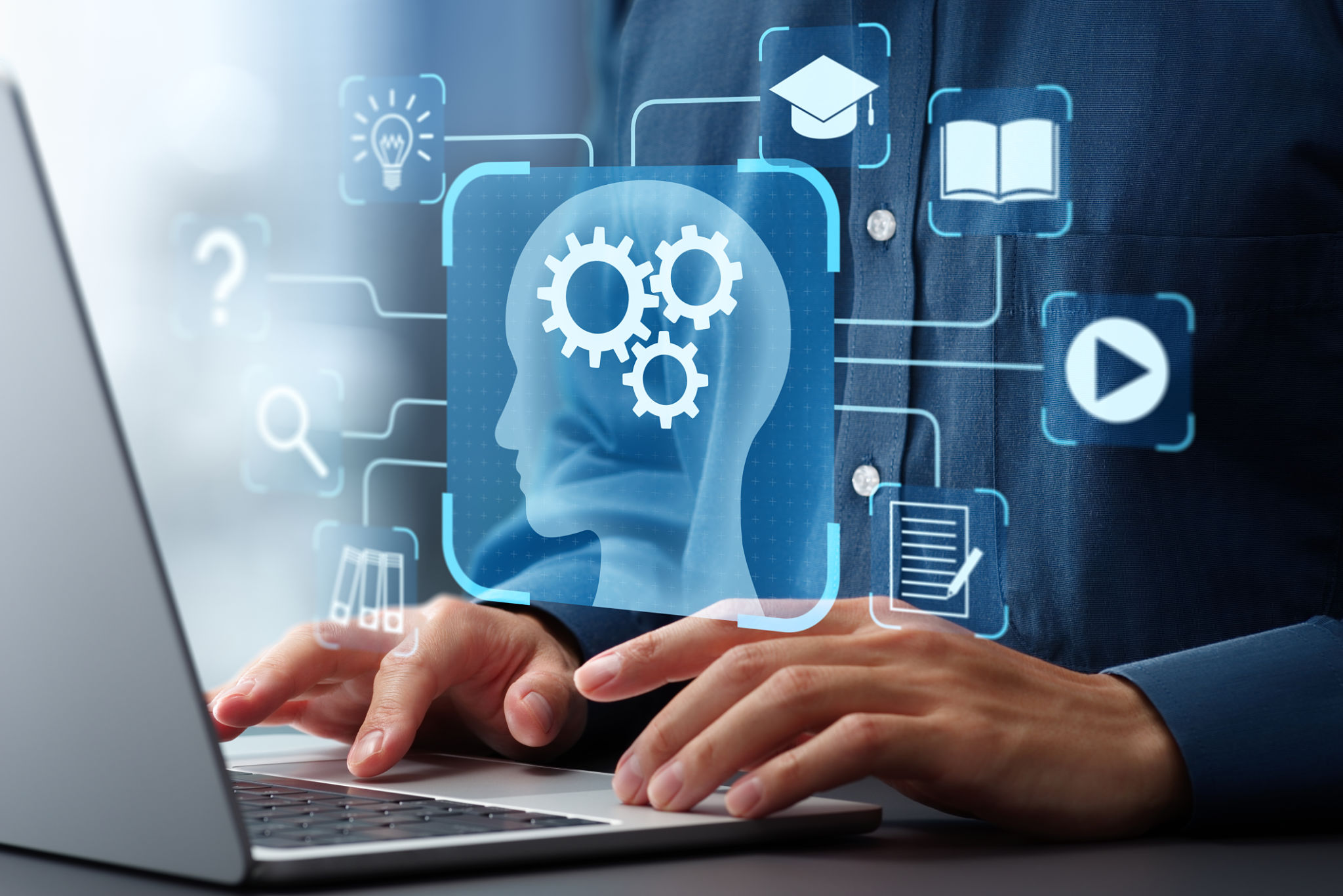How Virtual Reality is Transforming Student Experiences at HKUST
Immersive Learning Environments
Virtual Reality (VR) has revolutionized the way students at the Hong Kong University of Science and Technology (HKUST) experience learning. By creating immersive environments, VR allows students to explore complex concepts in ways that traditional teaching methods cannot match. From virtual labs to historical reconstructions, the possibilities are endless.
One of the most significant advantages of VR in education is its ability to simulate real-world scenarios. This technology enables students to engage with dynamic simulations that enhance their understanding and retention of information. For example, engineering students can virtually disassemble and reassemble machinery, gaining hands-on experience without the risk of damaging expensive equipment.

Enhanced Collaboration and Interaction
Beyond individual learning, VR fosters enhanced collaboration among students. Virtual environments provide platforms where students can work together on projects, regardless of their physical location. This is particularly beneficial for HKUST's diverse student body, which includes individuals from different parts of the world.
Through VR, students can participate in group activities, discussions, and problem-solving sessions in a virtual space. This not only improves teamwork skills but also prepares them for the global workforce, where remote collaboration is increasingly common. Moreover, VR tools can be used to enhance language learning by immersing students in environments where they can practice language skills in context.
Expanding Access to Resources
VR is also expanding access to educational resources that were previously limited or unavailable. At HKUST, students can explore virtual versions of museums, laboratories, and historical sites from around the world. This access enriches their educational experience and broadens their cultural understanding.

For disciplines like archaeology or history, VR offers a unique opportunity to "visit" sites that are difficult or impossible to access physically. Students can walk through ancient ruins or witness historical events as if they were there, providing a deeper understanding of the subject matter.
Personalized Learning Experiences
Virtual Reality also supports personalized learning experiences tailored to individual students’ needs. At HKUST, educators can design VR modules that adapt to different learning paces and styles, ensuring that each student gets the most out of their education.
This level of customization is particularly beneficial for students with different learning abilities or those who require additional support. VR can provide an engaging platform for practicing skills repeatedly until mastery is achieved, reinforcing confidence and competence in the subject area.

The Future of Education at HKUST
The integration of VR technology into HKUST's curriculum signifies a shift towards more innovative and interactive educational practices. As technology continues to evolve, the potential for VR in education will only grow, offering new opportunities for students to engage with their studies in unprecedented ways.
HKUST’s commitment to incorporating cutting-edge technology into its educational framework highlights its dedication to preparing students for the future. By embracing VR, HKUST is not only enhancing current education practices but also paving the way for future innovations in teaching and learning.
